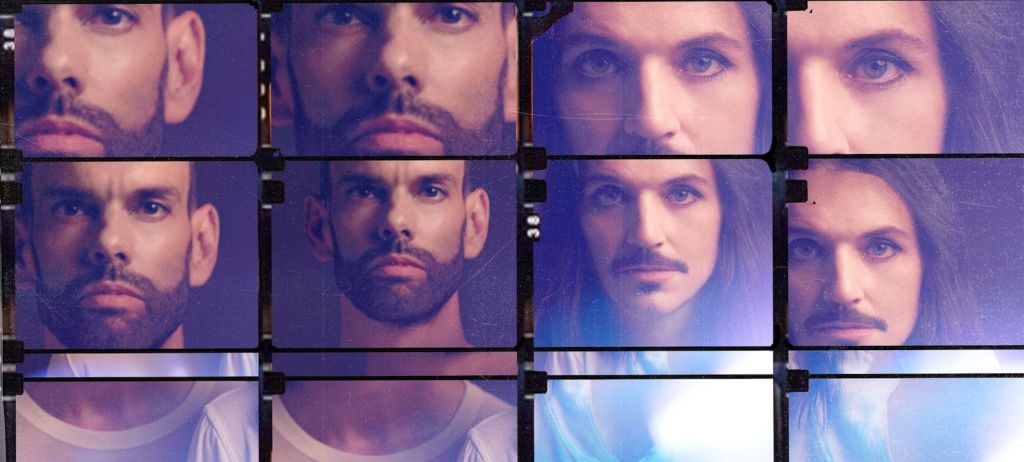In the early 2000s while filming a French television commercial for Vittel bottled water, David Bowie walked through a Paris mansion that was haunted by his alter egos. The icon, sporting in a camel sweater and black trousers, played only himself, but was also surrounded by himself: in one room, there’s Ziggy Stardust blow-drying his hair, looking as though he’s been rudely interrupted; in another, Aladdin Sane peers over the stairs with a dirty look; finally, there’s the Thin White Duke, helping himself to toast in the kitchen.
“Vittel,” chimed the voiceover. “Chaque jour une vie nouvelle.”
Videos by VICE
To make this TV spot, Bowie didn’t clone himself. Instead, he enlisted an impersonator named David Brighton, the man who’d been dubbed by “Young Americans” producer Harry Maslin as the only person who could “actually step in for David Bowie if he were unavailable.” Earl Slick, Bowie’s guitarist for four decades, raved that Brighton “has studied Bowie like Bowie studied Elvis.” His press materials are peppered with similar testimonials from Bowie’s band, his lighting guy, and the icon’s digital universe, BowieNet. But still, says Brighton, meeting him for the first time on set “was a slightly terrifying, surreal honor.”
“His talent just seemed relentlessly without end”, Brighton recalls. “And I’m just there in my Ziggy Stardust costume, you know, with a gun to my head,” he laughs, humbled.
When the cameras stopped rolling, Brighton recalls, Bowie never stopped performing, endlessly churning out micro-performances—comedy bits with American accents, impromptu mime, dance moves no one on set had ever seen.
Bowie, a master of mime, challenged Brighton to disembody his head from his neck and wiggle it from side to side, à la Pierrot, the blue clown from “Ashes to Ashes.” Brighton couldn’t quite master it, so they used CGI to create the effect, and adjust a jawline here and there. The finished product was “about half and half” of each man, he says.
Continue reading on Noisey.




